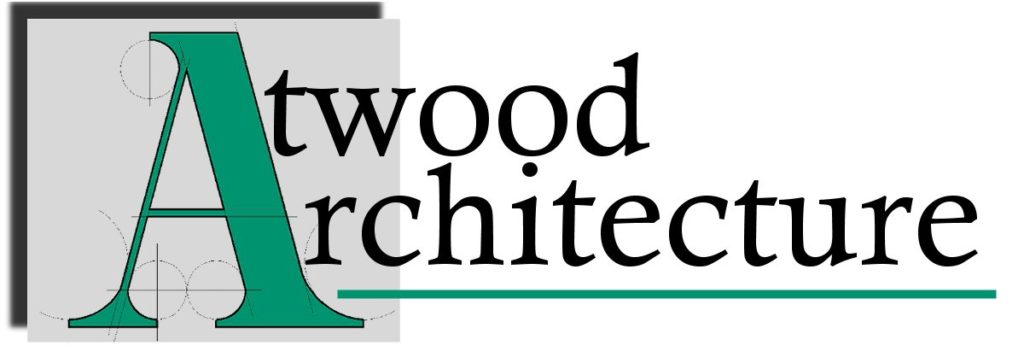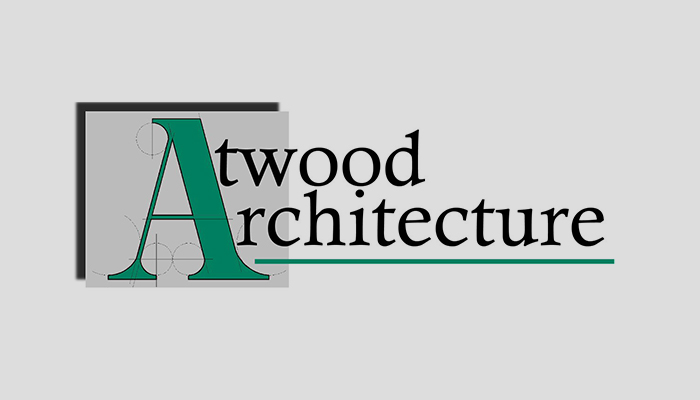
NextX’s Solutions Create the Perfect Working Environment
In 1995, Scott Atwood took a leap of faith. He branched out with a business partner to form their own small architecture firm. Starting a business is always a stressful event, and starting one when you have a family with small children at home can only compound those stressors.
The first years were bumpy. The partner left, Scott worked solo for a while, joined a major firm, left a major firm, and eventually determined how his procedures needed to be in order to provide outstanding service in a relatively untapped market, make a living, and not suffer from some of the catastrophic setbacks that can cause the downfall of many architects.
Encountering Problems in the World of Architecture
Like many businesses, an architect relies on their computer system. While the initial drawings may be hand sketched in order to get concepts down, the plans are all done with a CAD program on the computer. Scott’s business runs very much like other firms, and he has had small encounters with what could have ended up being terrible situations. Unlike other firms, however, Scott has been able to keep his costs down in a variety of ways. This allows him to work with smaller clients; those that larger firms can’t take on because they would end up losing money.
One of the cost saving measures is to forego the expensive computer system updates every year.
Creating a Solution that Almost Worked
We are no strangers to technology. In fact, we are no strangers to having computers help us with just about every step of our lives. But there are two big issues that will come up when you rely on a computer system.
Computers get old. Mechanical devices, like a vehicle, can be maintained and serviced to run for decades. A building can be repaired and still stand a thousand years later, but a computer will wear out and become obsolete relatively quickly.
Old computers get sick. The dreaded computer virus is more likely to attack an older computer system than a new one. The reason is in part because of the age, and in part because of the lack of updates.
An old computer system cannot run the more robust anti-virus and protection software. The infrastructure within the computer isn’t fast enough, large enough, or, to put it bluntly, good enough for modern software programs. This created a problem for Scott and Atwood Architecture: how to protect his clients’ data, and his work, in order to suffer little to no downtime.
Not being “techy” Scott opted for the tried and true method of using the computer only for work related purposes, and making sure he manually backed up his work every day or two. His solution worked, but there were some serious holes that could still end up causing him to lose thousands of dollars if catastrophe had hit.
Creating an Infrastructure without Down Time
Nathan Vincent, President and lead “techy” guy at Next X Communications met Scott at church many years ago. They would chat occasionally, and Scott kind of knew what Nathan did. Scott happened to hear Nathan speak about firewalls, backing up data, anti-virus protection, and a handful of other items. He then wondered if he was doing enough to protect his clients’ data. After all, there were periods where he would forget to back things up for a week or two at a time.
Setting aside an afternoon, Scott looked into his options. He discovered there were two courses of action that he could take, both with their own pros and cons.
The Do-It-Yourself solution is almost always cheaper than hiring someone else. But as an architect, Scott wanted to focus on creating plans, drawings, and helping people get construction started on their projects. He didn’t want to have to learn computers, and how to be an IT person. Top that off with one-time cost of about $5,000, and a monthly cost of $500, it was still on the high end.
There were a few options for big companies that offered a relatively low-priced solution… if you’re a big multi-million dollar company. Even then, if something went wrong, who would he call? How long would he be talking with someone at an overseas call center trying to recover data, discover problems, and ultimately get back up and running? All of these “what-ifs” were moot points when the suggested budget of around $1,400 per month was suggested.
In the long run, he opted to use Next X’s services, and is glad he chose the route he did. Nathan sat down and listened to what Scott needed. He then designed a system that would fully protect Scott’s best interests, allow him to work in the same manner he had been, and if anything went wrong, it would be fixed quickly.
The first issue was the old computer. Scott didn’t want to spend thousands on a new computer, and then thousands more on upgraded software. That would force him to raise rates, and in the long run that option would be bad for clients. Instead, Nathan was able to find a great deal on a modern computer that is networked in as a backup to the 18 year old computer Scott is using. Scott continues to use the older familiar device that he loves, but if it goes under he can be up and running on the new computer within an hour.
The second issue was what happens if the internet goes down? Here in Billings, we only have two providers. Nathan designed a system that automatically kicks in if either provider goes down. There is a slight lag, and then things are back up and running. As a bonus, the two other tenants in his building get to benefit from this system as well.
Cyber attacks are a real thing, and businesses are targeted more than individuals. An anti-virus program will catch bugs if you remember to run the program. Even then, it can only detect what’s already there. Nathan implemented an active monitoring system that detects threats as they occur, and allows him to remotely access the computer to neutralize the threat before it causes any damage.
In the end Scott paid less than what he thought he would have to, received a robust networking system that was customized to his needs, and allows him to operate with the peace of mind that even if something crashes, he will be back up and running with very minimal downtime.
His Peers that Don’t Believe Him
If this solution is readily available, and Scott can continue to operate with low expenses on an older system, why isn’t it implemented everywhere?
The bottom line is that his architecture peers don’t believe him. They have tales of woe about spending many thousands of dollars on new computers, new programs, and new systems just so they don’t suffer from downtime, and then further tales of woe about how they have to do this every two or three years. Scott simply shrugs his shoulders and says, “my tech guy set it up so that I haven’t had to upgrade in nearly two decades.”
Furthermore, they don’t believe that his tech guy will be there in a couple of hours. While larger firms rely on big fancy networking solutions, they also are the mercy of who can service their systems. Too often, it’s someone from out of town. If it can’t be solved over the phone, they’re paying hefty fees to fly in support. Having Nathan in town, Scott can call him and simply say, “Something seems off.” Nathan can remotely access the computer, or come to the office to ensure nothing is going to crash.
Quantifying the Unquantifiable Results
There are no tales of heroism where Nathan swooped in saving millions of dollars worth of work. There aren’t even any metrics that show Scott is X% more efficient, significantly more profitable, and immensely happier in his business.
Instead, Atwood Architecture runs smoothly, focused on clients and making sure their needs are met. They provide outstanding customer service, impeccable products, and affordable architecture. The reason is simple.
Scott has the peace of mind that Atwood Architecture won’t suffer down time and all data is secure. Knowing that prompt service will take care of minor glitches, and the satisfaction that the systems will continue to run is a great investment!

